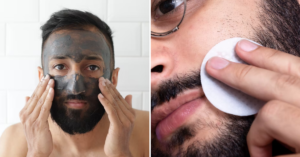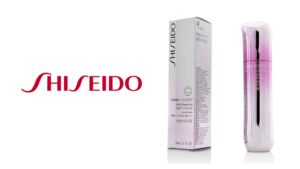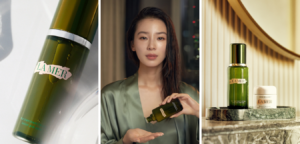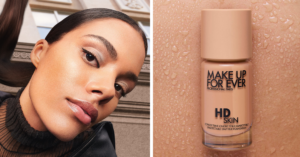Aesthetics
Paradoxical Adipose Hyperplasia: The Ugly & Permanent Side Effect of Fat Freezing
More people have been diagnosed with paradoxical adipose hyperplasia (PAH) in recent years as a side effect of fat freezing.
By: Farah Khan / March 10, 2022

Cryolipolysis has gained popularity as the non-invasive treatment promises fast and easy slimming results with no recovery time at home and guaranteed fat reduction of 20% to 25%.
However, more people have been diagnosed with paradoxical adipose hyperplasia (PAH) in recent years. PAH is the side effect of Cryolipolysis, where instead of shrinking, the treated area actually grows and hardens more fat cells.
Recently, this side effect has received more attention following supermodel Linda Evangelista’s revelation that she had experienced PAH and was permanently deformed. From 2015 to early 2016, the now 56-year-old supermodel had undergone seven Cryolipolysis sessions to reduce the fat tissues around her chin. Instead, the procedure had left her with the opposite of what she had envisioned. Evangelista tells People Magazine about her experience as she poses for the first time in five years, since retreating from the public eye after the unfortunate incident, shining light on the dangerous side effect she claims she was not warned about.
Disclaimer: The Beauty Insider platform does not promote or support any specific treatment. The information provided in this article is for educational purposes only, and we strongly advise all readers to thoroughly research and consult with a doctor accredited by the Ministry of Health before undergoing any aesthetic or medical procedures.
Contents
How Does Fat Freezing Work?
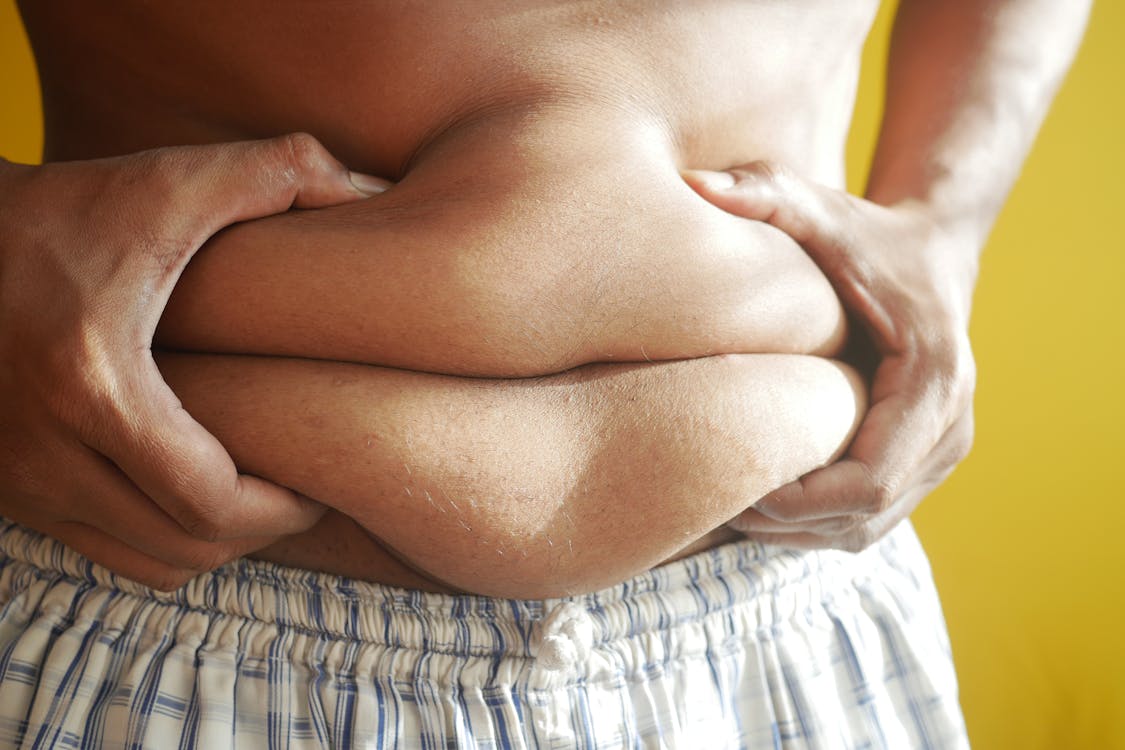
Cryolipolysis works by first isolating the areas to be treated and then using controlled cooling technologies to “kill” off the fat cells beneath the skin. During the session, fat cells are frozen and shrank to death, allowing the liver to filter them out of the body.
So what are the potential side effects of Cryolipolysis? Redness, tenderness, stinging, muscle cramping, itching and possible diarrhoea are common. Less known side effects of fat freezing are increased pain in the treated area, weakened lower lip muscle, dizziness, sweating, nausea and paradoxical adipose hyperplasia (PAH), which may be related to skin burn, blood clots, nerve damage and hernias.
What is Paradoxical Adipose Hyperplasia (PAH)?
Male in his 40s who suffered from Paradoxical Adipose Hyperplasia went to seek corrective surgery with Dr Ivan Puah, Medical Director at Amaris B. Clinic. Circa 2017.
Paradoxical Adipose Hyperplasia (PAH), simply put, reverses the Cryolipolysis procedure. Instead of shrinking and freezing the fat cells and destroying them, PAH increases fat cells. The frozen fat cells grow larger and produce a hardened skin surface known as the “stick of butter” effect. The skin hardens and takes the shape of the Cryolipolysis applicator head. Unfortunately, there are minimal options to reverse the toughened and swollen area once PAH is developed.
Paradoxical Adipose Hyperplasia (PAH) in Singapore as Explained by Dr Ivan Puah
“Stick of Butter” Side Effect of fat freezing: Areas affected by PAH look like a stick of butter (often in the shape of the Cryolipolysis applicator) as the fat tissue is raised.
Dr Ivan Puah, a liposuction doctor and Chairman of Lipo Peer Review Committee Singapore, who has been performing body sculpting for more than 15 years, has seen a visible increase of Paradoxical Adipose Hyperplasia (PAH) cases in his practice in the past few years.
“Technically, the first PAH case reported was in 2014 in the United States. In Singapore, with the popularity and affordability of Cryolipolysis, I see more patients who have come in for a consultation with me to do corrective surgery for their PAH. Almost 60% of these patients are Singaporeans, who have spent thousands of dollars on Cryolipolysis, wanting to reduce localised fat non-invasively, only to end up with toughened and swollen skin. PAH sufferers are not only physically affected, but also psychologically traumatised,” explains Dr Puah.
The full effects of PAH are typically seen from one to six months following the first Cryolipolysis treatment. The “stick of butter” appearance is hard to ignore as the skin bulges over time.
“Based on the number of patients I am treating, I suspect that PAH is far more prevalent than reported because many of them are not even aware that they have it. It is an unfortunate complication that ironically affects patients who want to reduce fat without undergoing surgery,” says Dr Puah.
Although Cryolipolysis is a non-invasive treatment, it is not free of risks or side effects. Patients should be informed about the common and major potential side effects and problems to make better decisions.
How Can We Get Rid of Fat Pockets Safely and Effectively?
Treating Paradoxical Adipose Hyperplasia (PAH) with MDC-Sculpt®️ Lipo Technique
With his years of experience in liposuction and body sculpting, Dr Ivan Puah concluded that body fat features, thickness, and distribution are unique to each person, much like our fingerprints. No two bodies are alike. Therefore, liposuction cannot be done in a cookie-cutter manner. This led Dr Puah to develop a unique body sculpting surgical technique, which he named MDC-Sculpt® Lipo.
MDC is abbreviated for Multi-Dimensional Contouring. It successfully eliminates fat cells while limiting future fat accumulation in the treated region. The MDC-Sculpt®️ Lipo technique is a novel fat removal and body sculpting approach that enables Dr Ivan Puah to remove more than 90% of localised subcutaneous fat and customise body sculpting while tightening loose skin that is not feasible by regular liposuction.
With the belief that body sculpting surgeries are 70% art and 30% science, areas such as armpits, shoulders, belly, flanks, hips, thighs, breasts, knees, and calves have been successfully treated by him. This technique is also gentler and less traumatic than traditional liposuction, which allows patients to heal faster, with reduced bruising and discomfort.
“Treating specific areas such as knee fat, bra bulges, and armpit fat, as well as cases requiring high-definition sculpting, areas with excessive loose skin or stretch marks, and correcting patients with scars or asymmetrical results from previous surgery or liposuction and PAH is always a challenge,” says Dr Puah, director of Amaris B. Clinic.
He shares, “Typically, the fat that is removed in patients with PAH is are different from other fat, and it is harder to remove. I will carry out the MDC-Sculpt®️ Lipo technique during the corrective surgery to correct paradoxical adipose hyperplasia (PAH). This liposuction method increases the efficacy of fat removal and allows me to perform skin tightening at the same time.”
If you or your loved one is suffering from PAH, here’s Dr Puah’s advice: You should not be treating this condition with more cryolipolysis. Consult a doctor who is experienced in performing corrective surgery as this PAH is indeed treatable.
Your Trusted Body Sculpting Clinic – Amaris B. Clinic Singapore
Dr Ivan Puah is trained in the United States in liposuction and various body sculpting techniques such as VASER® and gynecomastia surgery. He is mentored by Dr Pierre Francois Fournier in liposculpture and body enhancement procedures such as fat grafting. Accredited by MOH Singapore to perform liposuction, Dr Puah is known for his meticulous and thorough approach. He does not overpromise and underdeliver his results because he understands the trust that patients place in him.
Customised body contouring treatments are tailored impeccably to each unique body type and desired results at Amaris B. Clinic. The cost for corrective surgery depends on the complexity of the surgery, your clinical condition, and the regions of the body that you would like to be treated.



